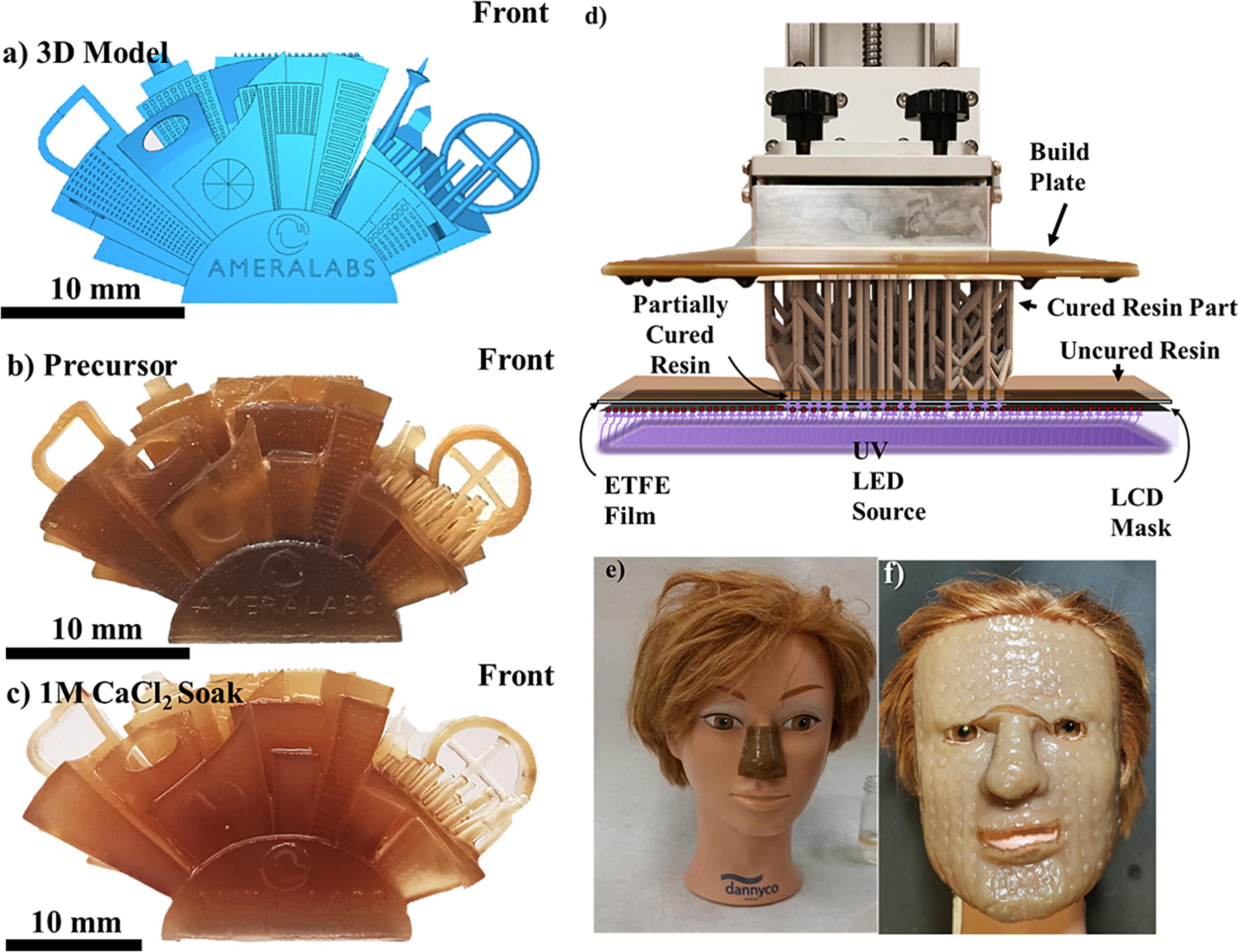Researchers at the University of Waterloo have developed an innovative, customizable wound dressing with potential applications in burn care, cancer treatment, and the cosmetic industry. Made from intelligent hydrogel materials, the dressing promises to alleviate some significant issues in current healthcare practices, particularly for burn and cancer patients. The transformative technology results from work done by Boxin Zhao, a professor in Waterloo’s Department of Chemical Engineering, and his team at the Surface Science and Bionanomaterials Laboratory Group.
Burn patients often grapple with frequent and painful dressing changes. The newly developed wound dressing, made using advanced polymers, aims to alleviate this suffering and expedite the healing process. The team turned to 3D printing to ensure customizable dressings, allowing for precision-fitted wound dressings that cater to a patient’s specific needs.
Zhao elaborated on the unique features of the material: “The fine-tuned surface adhesion is key. The material can easily adhere to the skin and be taken off. It’s a very delicate balance within the material to make the adhesion work.”
The team turned to 3D scanning of the patient’s body parts to ensure that the dressing made good contact with different surface types. In fact, the bespoke nature of the dressing makes it particularly effective for treating burns on areas like noses and fingers.
In addition to its applications in burn care, the novel material could revolutionize cancer treatment methods. Traditional chemotherapy often needs hours in a clinic, a process that can be exhausting and uncomfortable for patients. The intelligent hydrogel dressing provides an alternative, offering a constant drug release outside a clinical setting, enhancing the patient’s comfort during treatment.
To make these intelligent dressings, the team opted for a biopolymer material derived from seaweed, a thermally responsive polymer, and cellulose nanocrystals. The thermal responsiveness of the dressing allows it to warm on the skin before gently lowering it to room temperature, enhancing its adherence properties. If cooled in a fridge, the dressing expands but shrinks to a smaller size at body temperature, making removal easier and less painful. Furthermore, the dressing is designed to provide time-release medication, extending the duration of pain relief.
A proof of concept was recently published in the Journal of Colloids and Interfacial Science by Zhao and his team at the Surface Science and Bio-nanomaterials Laboratory Group. The study titled “Multi-thermo responsive double network composite hydrogel for 3D printing medical hydrogel mask” underscores the significant progress in this domain. In conclusion, the documents state that the researchers successfully developed a new type of temperature-responsive hydrogel used to create full-sized, 3D printed medical masks capable of drug release, making it suitable for personalized wound dressing. The team used a Sonic XL 4K 3D printer by Phrozen, a Taiwanese 3D printer manufacturer, for this task.

Demonstration of high printing fidelity with the hydrogel resin, from 3D model to custom-designed facial mask. Image courtesy of Boxin Zhao/University of Waterloo.
Beyond treating burn victims and cancer patients, the potential applications of this technology extend into the beauty and cosmetics industry and even prove advantageous for plastic surgeons. According to Zhao, “cosmetologists can utilize 3D scanning technology to analyze their clients’ facial features and customize hydrogel masks infused with specific facial and skin regimen products.”
Future studies will focus on enhancing the hydrogel with antimicrobial particles and strengthening its formulation to make the material healthier and commercially viable.
Overall, the field of wound care has seen remarkable advancements through the application of 3D printing technology. In 2018, a team at the Wake Forest Institute for Regenerative Medicine pioneered a mobile skin bioprinting system that prints bi-layered skin directly onto a wound, tailoring the tissue deposition to the wound’s specific dimensions. Similarly, scientists from RMIT University in Australia crafted a method in 2019 for 3D printing a custom protective barrier, an innovative solution for treating burns, ulcers, and other severe wounds. Furthermore, a groundbreaking handheld 3D skin printer was developed in 2018 through a collaborative effort between the University of Toronto and the Sunnybrook Research Institute, depositing even layers of skin tissue to cover and heal deep wounds. These initiatives illustrate the transformative potential of 3D printing in wound care, offering patient-tailored treatments that can expedite healing and enhance patient comfort, complementing the recent achievements in programmable hydrogel development at the University of Waterloo.
Subscribe to Our Email Newsletter
Stay up-to-date on all the latest news from the 3D printing industry and receive information and offers from third party vendors.
Print Services
Upload your 3D Models and get them printed quickly and efficiently.
You May Also Like
Heating Up: 3D Systems’ Scott Green Discusses 3D Printing’s Potential in the Data Center Industry
The relentless rise of NVIDIA, the steadily increasing pledges of major private and public investments in national infrastructure projects around the world, and the general cultural obsession with AI have...
3DPOD 260: John Hart on VulcanForms, MIT, Desktop Metal and More
John Hart is a Professor at MIT; he´s also the director of the Laboratory for Manufacturing and Productivity as well as the director of the Center for Advanced Production Technologies....
Etsy Design Rule Change Reduces Selection of 3D Printed Goods
Online marketplace Etsy has implemented a rule change requiring all 3D printed goods on the site to be original designs. The update to the site’s Creativity Standards states, ¨Items produced using...
E-Beam OEM Wayland Additive Partners with USC Racing to 3D Print Titanium Exhaust Collector
Every year, standards organization SAE International holds a competition called Formula SAE, in which students from both undergraduate and graduate programs design, build, and race small formula-style race cars. For...

































